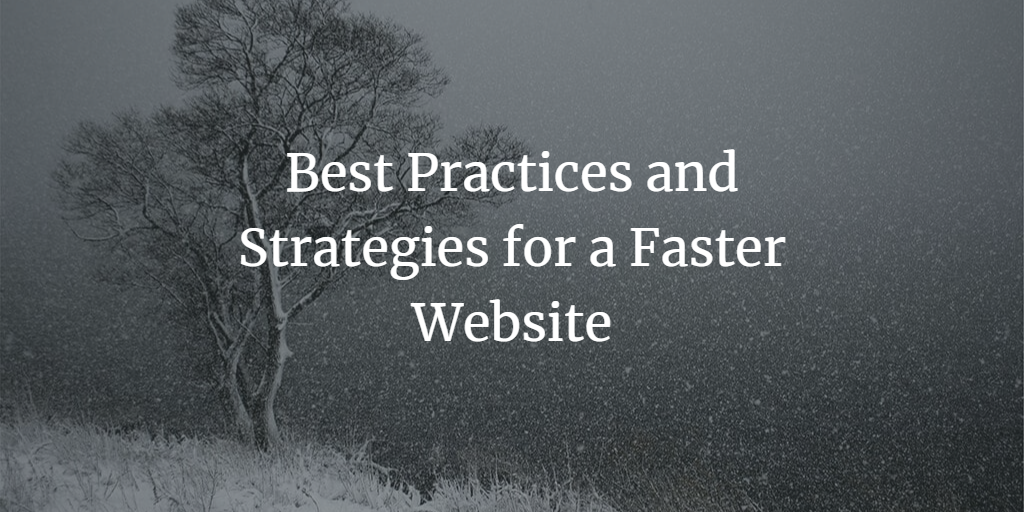
Table of Contents
Introduction
Why Page Speed Matters
Measuring Page Speed
Image Optimization
Minification and Compression
Browser Caching
Optimizing CSS and JavaScript
Content Delivery Networks (CDNs)
Web Hosting and Server Optimization
Conclusion
Introduction
Welcome to Page Speed in 2023, a comprehensive guide to optimizing your website for faster loading times and improved performance. In this guide, we'll explore the best practices and strategies for page speed optimization in the coming year.
Why Page Speed Matters
Page speed is crucial for several reasons:
Enhanced user experience, leading to higher engagement and conversion rates
Improved search engine rankings, as page speed is a confirmed ranking factor
Better mobile user experience, as more people access the web via mobile devices
Measuring Page Speed
To optimize page speed, start by measuring your site's performance using tools such as:
Google PageSpeed Insights
GTmetrix
WebPageTest
Lighthouse
Image Optimization
Optimize images for faster loading times:
Choose the right image format (JPEG, PNG, GIF, or WebP)
Compress images without sacrificing quality
Resize images to match display dimensions
Implement lazy loading and responsive images
Minification and Compression
Minify and compress your website's resources:
Minify HTML, CSS, and JavaScript files to remove unnecessary characters
Enable Gzip compression to reduce the size of transferred files
Use Brotli compression for even better compression ratios (if supported by your server)
Browser Caching
Leverage browser caching to store static files:
Set cache-control headers and expiration dates for your website's resources
Utilize cache-busting techniques to ensure users receive updated content
Optimizing CSS and JavaScript
Optimize your CSS and JavaScript files for faster rendering:
Eliminate render-blocking resources by deferring or asynchronously loading CSS and JavaScript
Inline critical CSS and JavaScript for faster above-the-fold content rendering
Combine and concatenate CSS and JavaScript files to reduce HTTP requests
Content Delivery Networks (CDNs)
Implement a CDN to speed up content delivery:
Choose a reliable CDN provider that meets your needs
Configure your CDN to cache and serve static resources
Utilize edge caching for dynamic content when possible
Web Hosting and Server Optimization
Optimize your web hosting and server for improved performance:
Choose a high-performance web hosting provider
Enable HTTP/2 or HTTP/3 for faster data transfer
Optimize your server's response time using caching and performance-enhancing plugins
Conclusion
Optimizing your website's page speed is crucial for staying competitive in 2023. By following this guide and implementing these best practices, you'll be well-equipped to deliver a faster, more engaging user experience. Keep in mind that web technologies are constantly evolving, so stay up-to-date with the latest trends and techniques for page speed optimization to maintain your site's performance.


